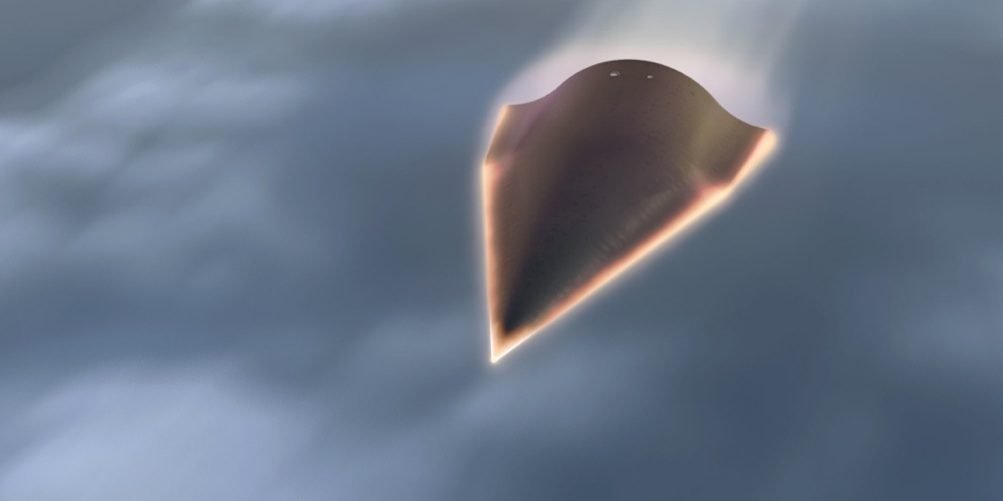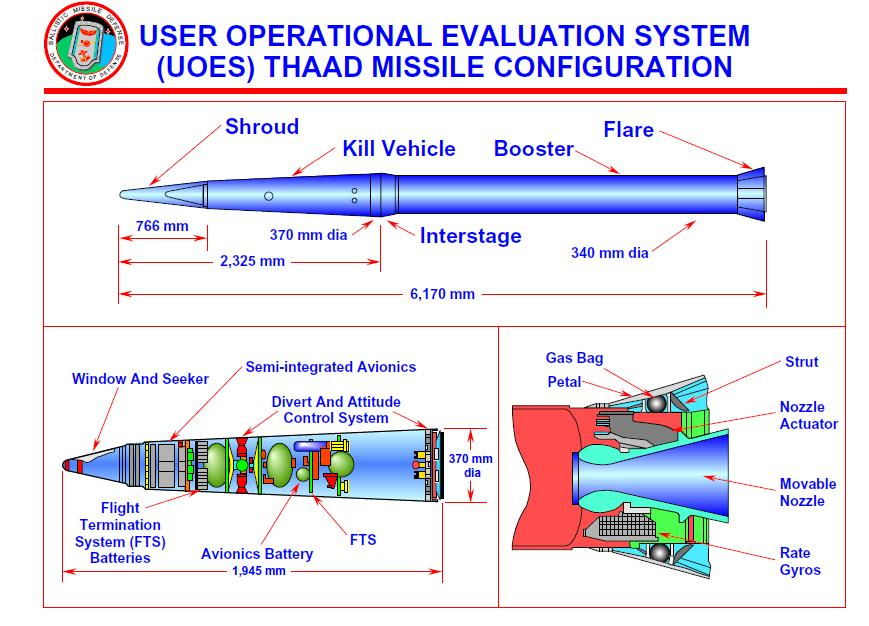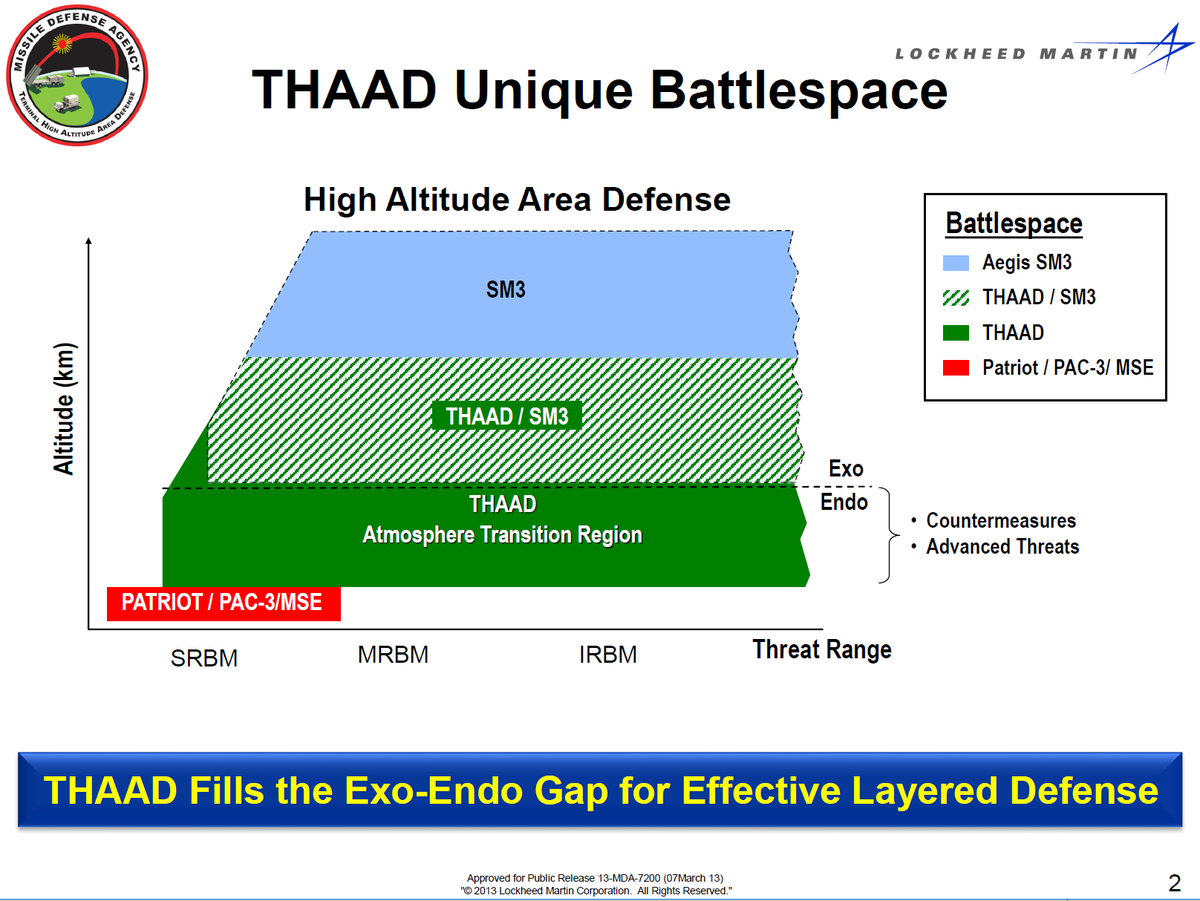IRGC-ASF Commander BG Hajizadeh has told press that Iran has developed a hypersonic missile that can manoeuvre at extremely high speed both inside and outside the atmosphere. He said among its capabilities will be to not just bypass, but target missile defence systems.
#hyperhype
#hyperhype
He emphasised that the missile will be able to evade both endoatmospheric and exoatmospheric ABM systems, and that it will be able to destroy any target, *especially* ABM systems. He described this as a generational leap that won't be countered for decades.
This is interesting because Iran has described what we think is a missile with a HGV before. That was Kheybar-Shekan, and it had a MaRV-type triconic HGV.
https://twitter.com/AmirIGM/status/1491783098018582532?s=20&t=TmTqRiCfk2pOTe2b82Y40A
However, Kheybar-Shekan (pictured) only has fins for controlling its flight and hence its manoeuvring capability is mostly within the atmosphere. Hajizadeh saying the new hypersonic weapon will be able to manoeuvre outside the atmosphere implies the use of gas steering, or... 

...it could be of the type with an arrowhead shape, designed for more lift and manoeuvring capability in the upper atmosphere. Or maybe a combination of the two. 

What's for certain is that like Kheybar-Shekan, this missile will likely be a MRBM to have sufficient energy to make the necessary manoeuvres, and to get to the altitudes that Hajizadeh is talking about.
It's also encouraging to see Hajizadeh talking about targeting ABM systems specifically, considering their proliferation in the region.
Ah I see the rednecks have found this thread. Here's something about Iran's missile tech for you guys, enjoy ☺️ 





Anyway, there's a reason for Iran's focus on defeating ABM systems. Since 2011 Saudi Arabia, UAE, and Qatar have agreed deals totalling over $25 billion for THAAD ABM systems, which have exo-atmospheric capability. This new missile would add to Iran's arsenal targeting THAAD. 





There's also Israel's Arrow-2 which is comparable to THAAD. But above those are SM-3 (shipborne, protecting US carriers), and Arrow-3 which are truly exoatmospheric interceptors of the highest calibre. Iran's hypersonic missile will have these systems in its sights. 



Iran still has large stocks of older Qiam and Ghadr missiles (improved versions of Scud and Shahab-3 respectively) in inventory, so an ABM-killer to clear the way for these missiles would be a force multiplier. 



Aside from the missile's reentry vehicle itself, it will be interesting to see what missile will launch it. It will boost likely be a boost-glide vehicle, which means a ballistic missile. 

My money is on the Raafe rocket motor which was used in the recent Qaem-100 SLV test. It's powerful, light, and compact. It's the bleeding edge of Iran's (unclassified) booster tech, and would make a suitable first/single-stage booster.


https://twitter.com/AmirIGM/status/1589041207476305920


• • •
Missing some Tweet in this thread? You can try to
force a refresh
























